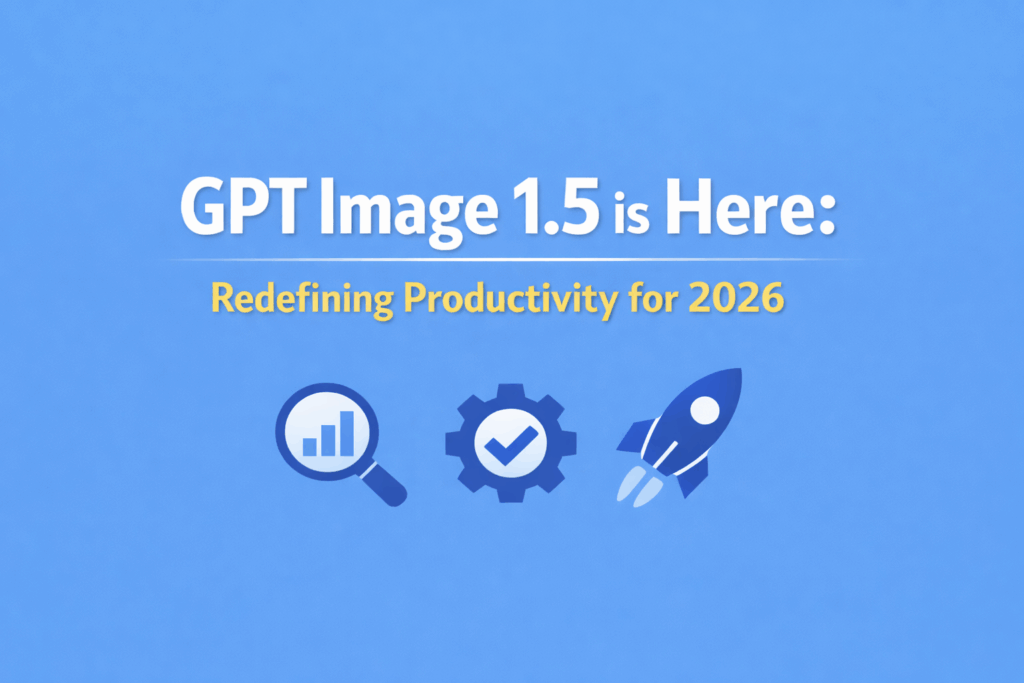On November 9, 2024, Amazon will shut down many small Vendor Central (VC) seller accounts. This article explores the reasons behind this decision, the challenges of transitioning to Seller Central (SC), and effective strategies to help sellers navigate this change.

Amazon VC Account Shutdown Notice on November 9
Recently, many small Vendor Central (VC) sellers received notifications from Amazon. They learned their contracts will end on November 9, 2024. This change mainly affects sellers with annual revenue below $10 million in the U.S. or €5 million in Europe. Since this news comes right before the busy shopping season, many sellers now face pressure to adjust their strategies. They must quickly transition to Seller Central (SC). This article will discuss the reasons for this change, potential challenges, and recommended strategies.
What Happened?
Many small VC sellers got notices from Amazon. Their contracts will end on November 9, 2024. The thresholds are:
- U.S.: Annual sales under $10 million
- Europe: Annual sales under €5 million
Since this change happens in Q4, sellers need to quickly adjust their strategies to keep their businesses running.
Why is Amazon Doing This?
Amazon likely wants to simplify operations by reducing the number of small suppliers. This way, they can focus resources on larger suppliers, improving efficiency and profit margins. Also, the risk is higher for sellers. By just providing the platform, Amazon can lower risks, especially regarding product quality.
What Should VC Sellers Do Next?
Amazon recommends affected sellers transition to SC for continued sales. Due to the complexity of this change, sellers need to act quickly. Here are some suggested strategies:
- Contact Amazon’s Vendor Manager to ask if it’s possible to extend the contract.
- Review supplier purchase orders to see if production or delivery dates can be adjusted.
- Explore other sales channels to cover any potential losses.
- Open an SC account immediately to start the registration process and create a dedicated team for operations.
- Assess current inventory and decide if some products should move to FBA (Fulfillment by Amazon).
- Prepare for increased customer service needs and train the team to handle possible returns and support issues.
- Consider using third-party tools or consulting services to quickly adapt to the SC system and processes.
Opportunities with Amazon SC
Transitioning to SC presents several opportunities:
- Data and Analytics: SC offers detailed performance data and reporting tools, allowing sellers to control strategies more accurately.
- Pricing Control: Sellers can set their own prices.
- Direct Customer Relationships: Sellers can build relationships with end customers, boosting brand loyalty and repeat purchases.
- Avoiding Contract Penalties: There are no penalties for logistics in SC.
Challenges with Amazon SC
However, transitioning to SC also brings challenges:
- Verification or KYC: This may take time and involve a lot of paperwork, so sellers should prepare for delays.
- New System Interface: Sellers need to adapt quickly to SC’s operations.
- Logistics Management: Sellers must manage logistics themselves or rely on FBA, requiring careful cost management.
- Compliance Issues: SC has stricter performance requirements, increasing the risk of account suspension.
- Financial Adjustments: As businesses shift from wholesale to retail consignment, a short-term drop in revenue is likely.
This article aims to help sellers understand the upcoming changes and provides practical strategies to succeed in the new environment. If you have questions or need further support, feel free to reach out!



